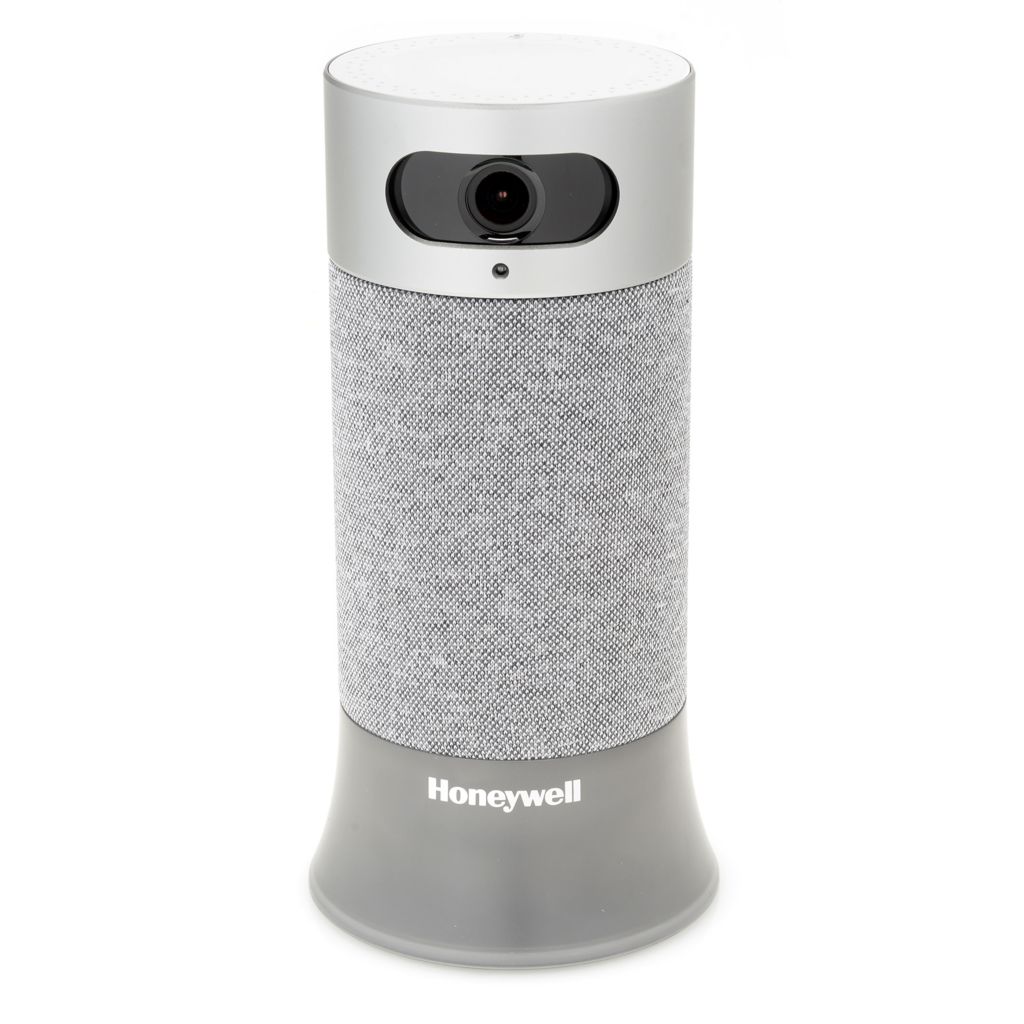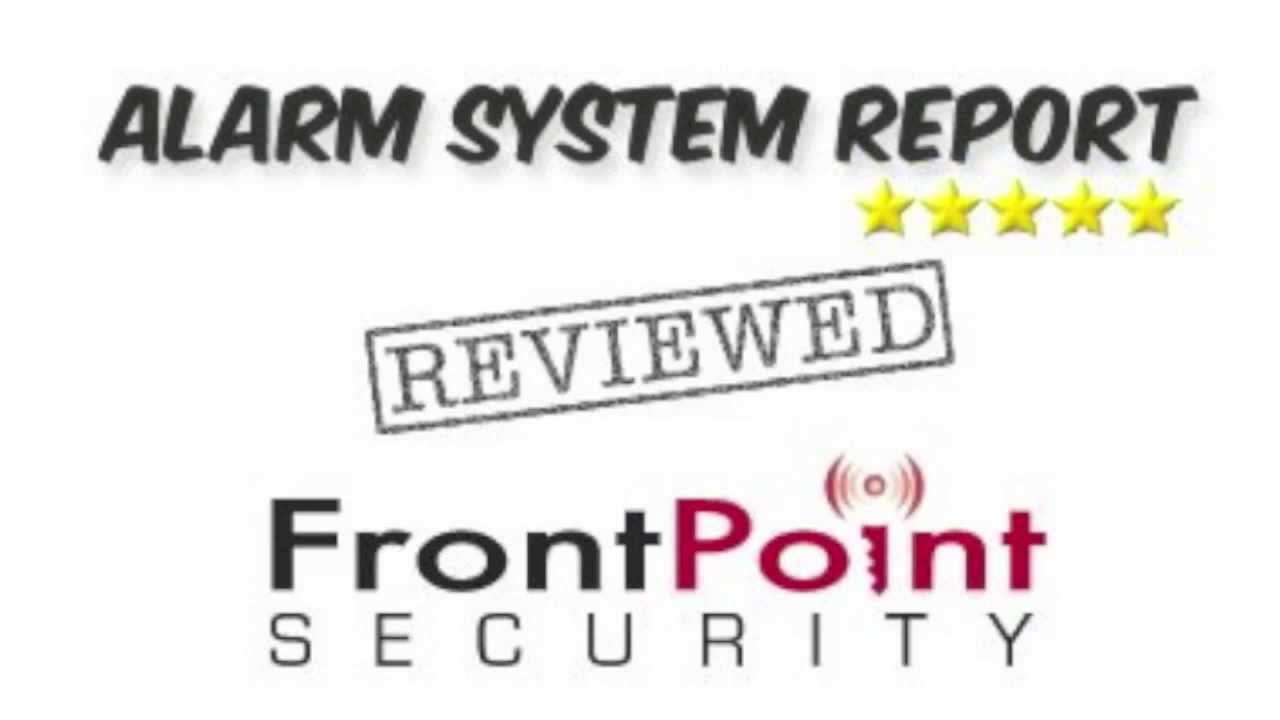
A screen door insert is a great way to add an attractive screen and a functional pet door to your home without having to install a new frame or pay extra for a sliding door. The best screen door insert is durable and sturdy, made from a high-quality material that is resistant to weather, animals and insects.
When you open your door, retractable screens will roll into the opening. This allows air to enter and prevents pests from entering. They also retract or roll up into the housing when they're not in use.
The material you select for your screen determines its strength, durability and appearance. Fiberglass is the material of choice for many homeowners, as it offers superior visibility and ventilation while also protecting against insects.
The mesh is also an option for people who want their doors to look their best. It helps prevent sun damage, fading and other problems. Polyester mesh lets in more sunlight than fiberglass. However, it is less durable.

Metal doorframes can be a popular choice, but are susceptible to temperature changes. As they are usually attached to the wood framing of your home, you will need to treat them with Velcro or adhesive to prevent corrosion and rust.
Magnetic screens are easy to install, and do not need any extra hardware. First, you need to mark and measure your doorframe. Then select the magnetic screen door that best fits. Attach the magnetic screen door using finishing nails or thumbtacks, or a strong glue.
Make sure to align the corners of the door with the corners of the frame and secure each corner with a thumbtack. Repeat this process for the top, sides and bottom of the magnetic door. Check that it closes correctly in the middle.
In windy regions, full-strip magnetic screens are a better option than individual magnets. A full-strip of magnets is stitched into the hem of the screen and will help to hold it closed even during strong winds.
Consider installing a side clip to prevent your magnetic screen from swinging open if the opening is large. Side snaps, which are available on some models, act like curtain ties to keep the door open, and they can be unsnapped when closing the mesh screen is desired.

Side snaps are a quick and easy way to keep magnetic screen doors closed. They can be used on both outward and inward swinging doors. The side snaps also have a brass finish, so you can easily match the look of your screen door.
Consider buying a sliding screen door with an extra retractable screen for larger openings. Some manufacturers will also provide a glass insert to your screen door. This can be useful if you want to protect a narrow or tall window.
FAQ
Which home security company is best?
The best home security monitoring company is ADT. ADT provides 24/7 monitoring services at an affordable rate. They have a customer service team that is available 24 hours a day and will respond within minutes to all issues.
ADT also offers an iOS and Android app. You can now check the status of your home from anywhere, at any time.
What is the best security system to install?
How valuable your home and personal belongings are will dictate the type of security system you choose. The cheapest alarm system, which doesn't offer enough protection, is the basic one. You can choose to get a more powerful alarm system with better features such as remote monitoring, access control, and video surveillance.
Alarm monitoring: How much should I spend?
Alarm monitoring costs vary depending on how often you want it monitored, what kind of equipment you need, and whether you are looking at an all-inclusive package or just one monthly fee.
Which home security system is the most highly rated?
ADT Pulse is the most widely used home security system.
Statistics
- (In my experience, the discount on my home insurance covered about 25 percent of the subscription of an average plan, but your mileage may vary depending on your location and the size of your home.) (theverge.com)
- Depending on your insurance, 24/7 professional monitoring may qualify you for as much as 15% off your premium. (safewise.com)
- Most home security companies will charge you around 75% of the remaining term of your contract if you cancel early—and some require 100%.Related questionsWhat type of contract length can I expect from security providers?Home security system cancellation (safewise.com)
- Cove sets you free without punishing penalties and fees, unlike other security solutions that charge 75% to 100% of your remaining contract. (safewise.com)
External Links
How To
How to Install a Home Security System
A home security system monitors your property and alerts if there is any activity. It could be a motion sensor, doorbell camera, smoke detector, fire alarm, flood alert, carbon monoxide detector, burglar alarm, etc. A home security system typically includes one or more sensors, such as motion detectors. These sensors send signals when they sense movement or sound. The signals are then sent by the sensors to a control center where they are recorded and monitored. If there's a problem such as someone breaking into your house or other suspicious activity, the control panel sends an alert via your phone, tablet computer, voice assistant, or computer. The control panel will notify you immediately so that you can take corrective action.
Selecting the right sensors for your home is an important step in installing a home security alarm system. There are two main types, passive and active. Passive sensors don’t require batteries. They only pick up sounds, vibrations and other signals from their environment. These sensors include sirens, buzzers, and doorbells. Active sensors use electricity to transmit data. Examples of such sensors include cameras and motion sensor.
There are many options for sensors. Each brand has its advantages and disadvantages. Some sensors can withstand extreme weather conditions, while others cannot. Some sensors have built-in speakers, so they can be heard even when you're not outside. Others only work inside. Some are basic while others offer advanced features, such as night vision.
After you have decided on the best sensors for your property's needs, you will need to choose a manufacturer. This will ensure that your sensors are compatible. You will find many options in your local hardware store.
After you have chosen a brand, you will need to decide how many sensors you wish to purchase. Depending upon whether they live alone or in a group, most people begin with one or two sensors. If you have plans to purchase additional sensors in the future, it might be worth buying more than you currently need.
Next, decide where you want the sensors to go. Are they near windows or doors? Or would you rather have them hidden? Before you put them anywhere on your property make sure you get permission. They should not be in conflict with any electrical outlets.
Now that you know the exact location of your sensors you will need a connection to your control board. You may need a power adapter, or battery pack depending on the setup. Once you have everything in place, your property can be monitored!